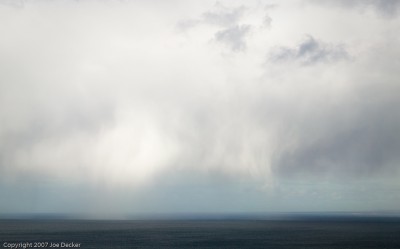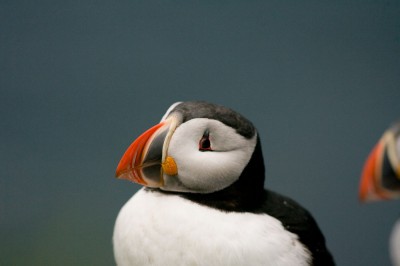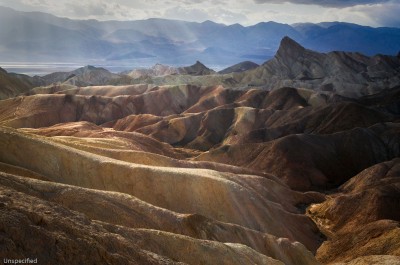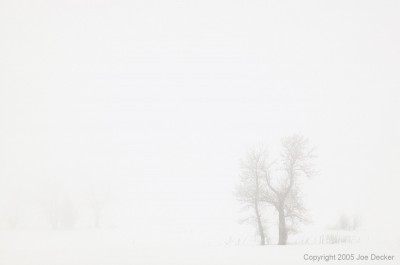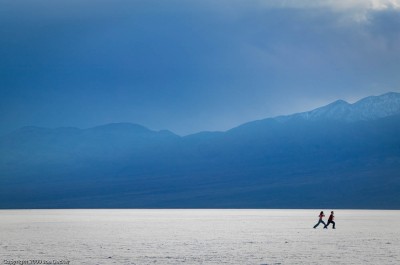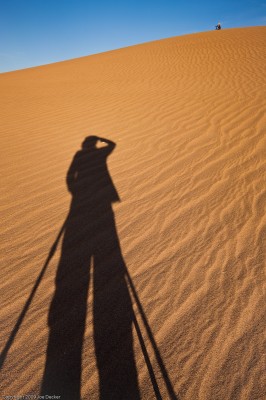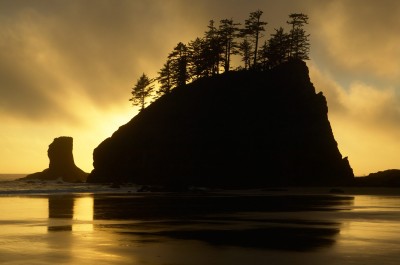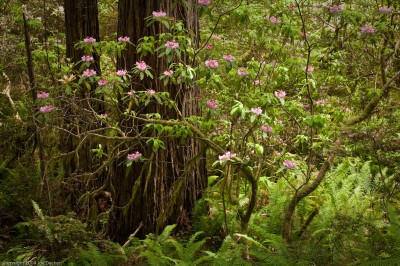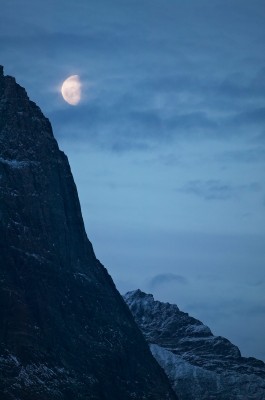Photographing Cacti and Desert Succulents
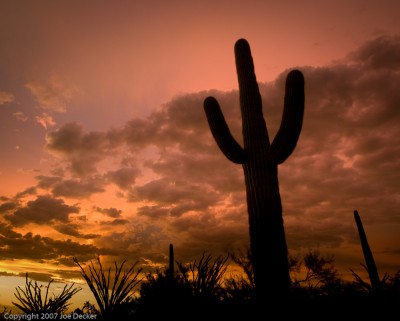
(In my three-part introduction to photographing Death Valley (part 2, part 3), I noted that I wanted to spend some time talking about techniques for photographing cactus, my apologies for the delay in getting that finished for you. I hope it was worth the wait!)
Cacti astonish me. The desert air can be dessicating, a sponge pulling every drop of water out of everything around it, and yet many of these plants have evolved to survive and even thrive in these harsh environments.
For the photographer, cacti offer interesting forms, patterns and texture from their spines, and color from the occasional desert bloom. (more…)
